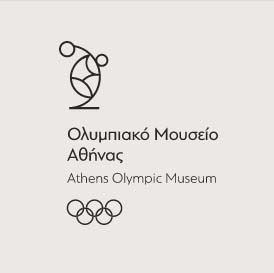
Torch relay representation
Torch relay representation
Tactile representation of the Torch Relay depicted on a red-figured krater from Attica. The scene comes from the Panhellenic Games of antiquity, it is dated to approximately 430-420 BC and belongs to the collection of the Harvard Art Museums.
To explore the tactile representation, please gently pull the tablet upwards until it is stable. On the left, a naked torch relay athlete in profile is running with a large stride while holding a torch in his left hand. At the center there is an amphora and to its right is a rectangular altar with a decorative element on top of it. To the right of the altar, a bearded priest in profile, wearing a chiton, is waiting for the Olympic champion with open arms at the finish line. On his right there is an olive tree. The scene is framed at the upper and lower part by decorative motifs that run along the entire perimeter of the vase. Specifically, a row of almond-shaped leaves adorns the upper part of the composition, and a meander decorates the lower part.
The caption for the vase scene mentions that “The ancient Greek athletic games were held in a religious context. The winners of the torch relay were awarded an amphora with olive oil by the priest. The olive tree signifies that the game was in honor of the goddess Athena and the city of Athens. The vase was unearthed at the excavation of Gela, a Greek city on Sicily.” When you finish the tactile exploration of the scene, please bring the tablet back to its original vertical position.





